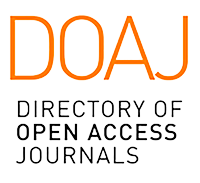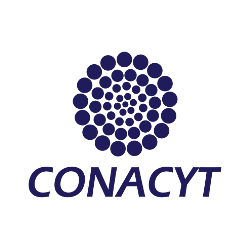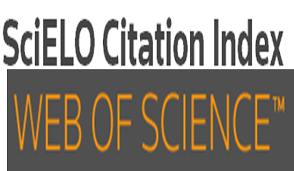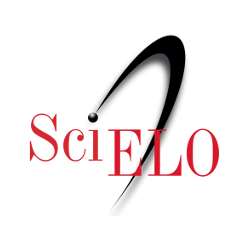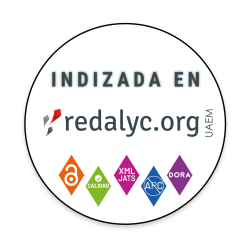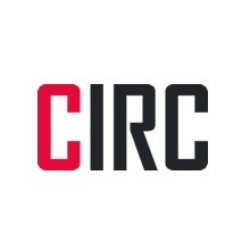Abstract
While the southern part of the great pyramid of Tenochtitlan symbolizes
Coatépetl, it unlikely that the northern section, pertaining to Tláloc,
represents Tonacatépetl, because according to the myth, this hill was
hollowed out. It is sometimes called the axis pyramid or center of the
world, but it was not located in the middle of the sacred area and was
double. However, everything would seem to indicate a union of opposites:
the islet of Mexico in the lake, with solar Tenochtitlan to the south and
lunar Tlatelolco to the north. Each city had a double pyramid dedicated to
the sun and to the Earth-water. This bipolarity is also reflected in the
city’s government, with the Tlatoani representing the Sun and the
Cihuacóatl the Earth; it is also exemplified by the two central trees
supporting the heavens. The opposition between northern and southern
sections of the building is further marked by plumed serpent heads to the
south and Tláloc-serpents on the northern facade. The same bipolarity-union
of opposites is exhibited by the murals at Building A, the Battle of
Cacaxtla –where an ideology similar to that of the Aztec period
establishes a fascinating link between the Classic and
Postclassic– and at the Temple of Quetzalcóatl in Teotihuacan.
Downloads
Download data is not yet available.
